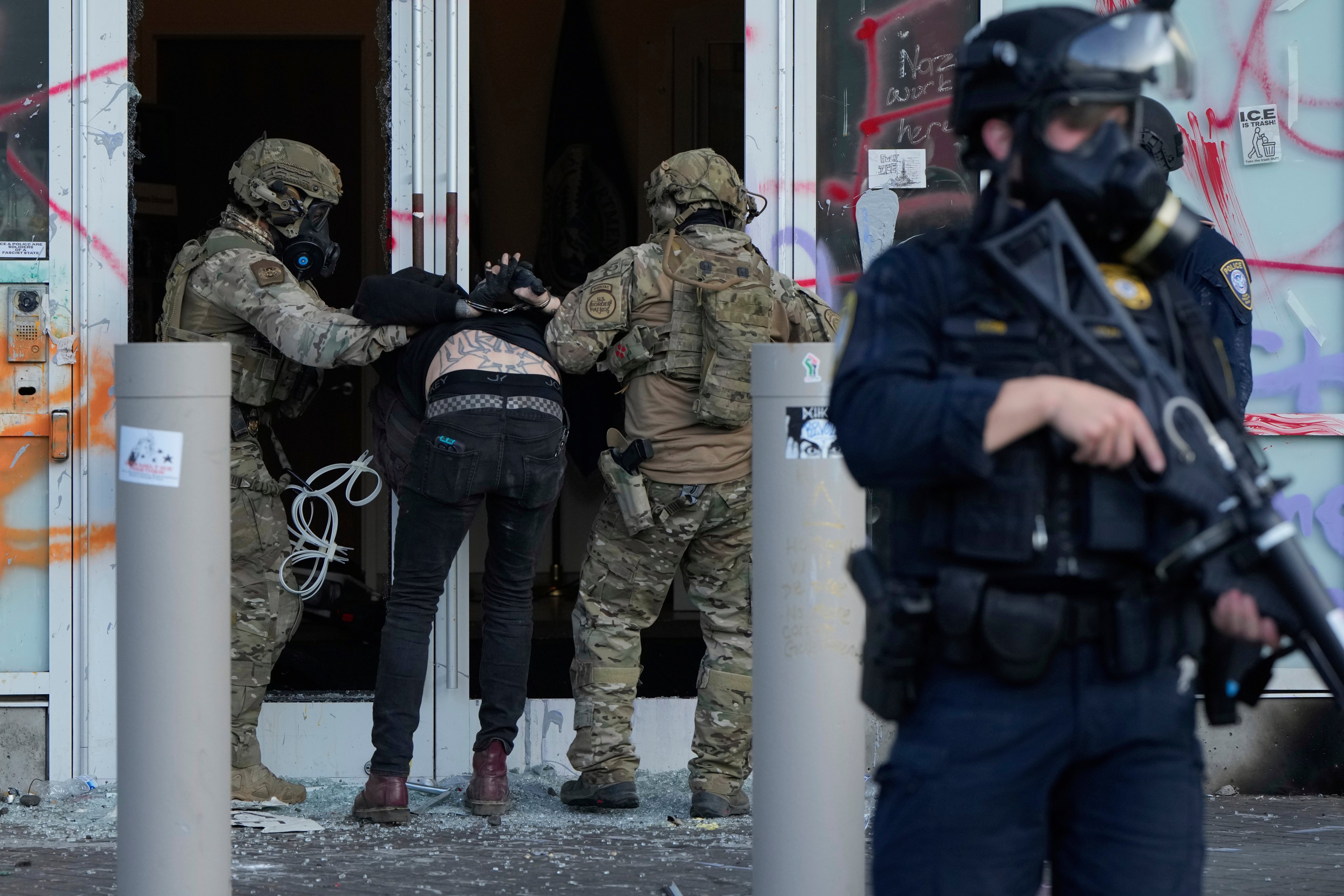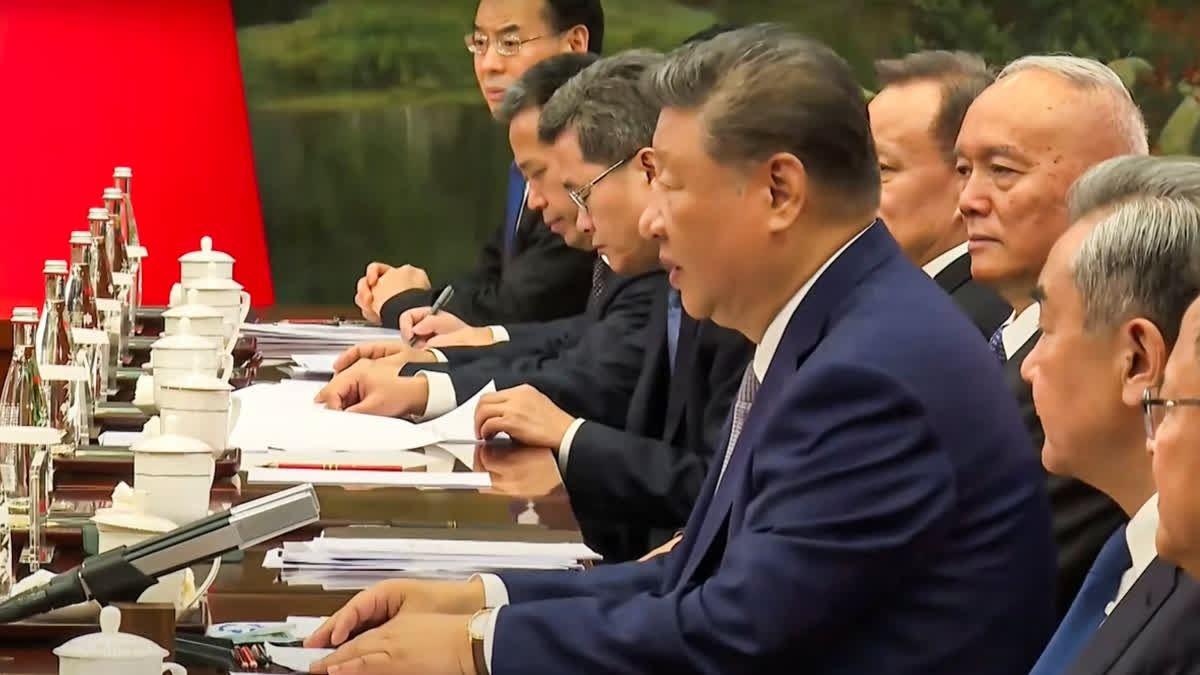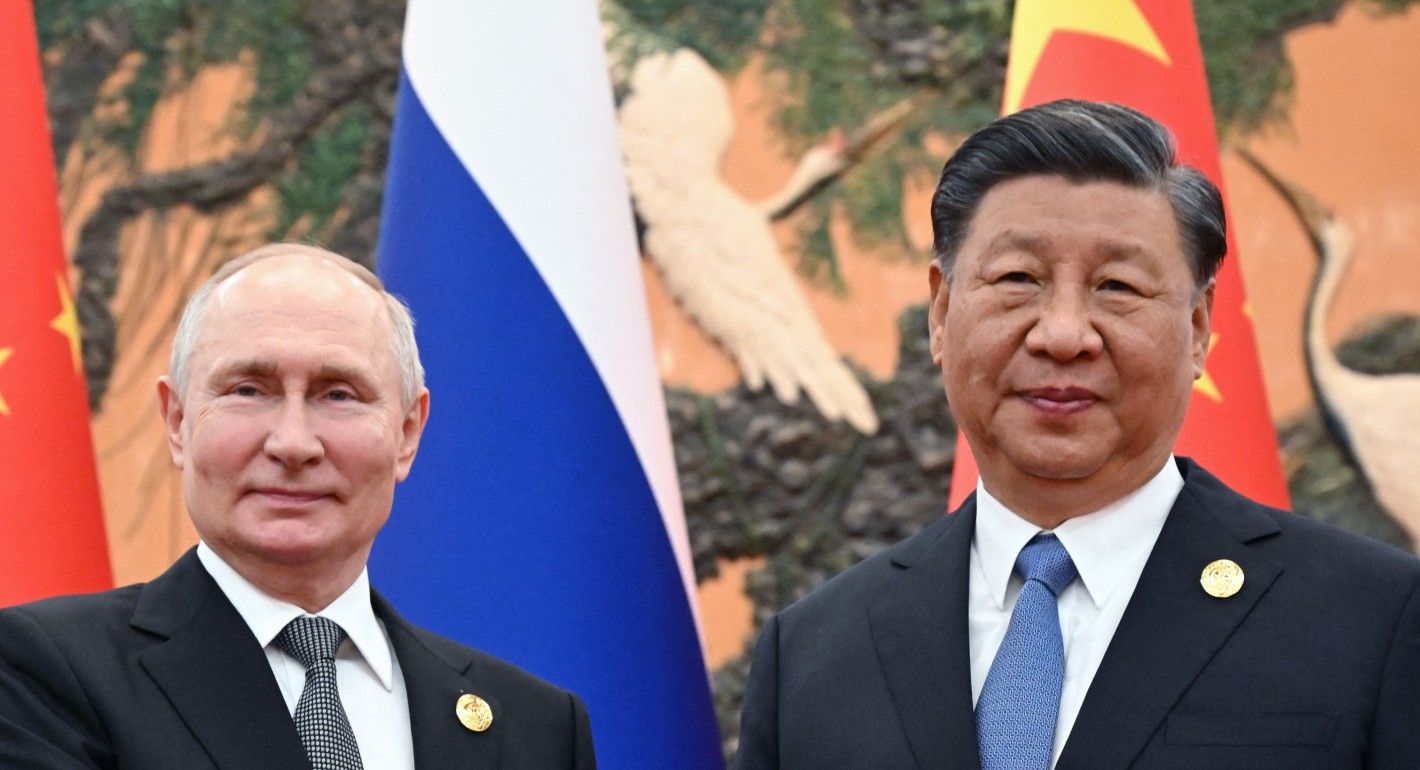Saudi Arabia and Pakistan have formalized a mutual defense agreement, signaling a strategic shift in regional security as Gulf states reassess their reliance on American protection. This partnership underscores the changing dynamics in the Middle East and South Asia, with implications for military cooperation, diplomacy, and geopolitical balance.
The deal between the two countries comes amidst elevated regional pressures and changing international partnerships. Saudi Arabia, an influential force in Gulf affairs, has typically depended on the United States for security assurances, especially concerning risks from Iran and other local players. Nevertheless, recent doubts about U.S. involvement in the Middle East have led Riyadh to seek new alliances to bolster its defense resources. Pakistan, with its significant military framework and history in regional disputes, appears as a suitable ally in this scenario, providing both personnel and strategic know-how.
Strategic motivations behind the pact
The mutual defense pact reflects a convergence of interests between Riyadh and Islamabad. For Saudi Arabia, the agreement provides access to trained military personnel, joint exercises, and potential coordination in defense planning, reducing overreliance on external actors. It also serves as a geopolitical signal to the region and the world, demonstrating that Gulf states are seeking diversified security arrangements amid shifting US policies and perceived unpredictability in Washington’s commitments.
For Pakistan, the deal presents opportunities for increased influence in Gulf affairs, economic collaboration, and strategic partnerships beyond South Asia. Islamabad has historically maintained close military and political ties with Gulf states, but the formalization of a defense pact elevates this relationship, positioning Pakistan as a significant player in regional security architecture. Analysts suggest that this partnership may also involve intelligence sharing, joint counterterrorism initiatives, and military training programs, strengthening both countries’ defense readiness.
The timing of the pact is significant. In recent years, US attention has increasingly focused on the Indo-Pacific, leaving some Gulf states questioning the consistency and reliability of American support. While the US continues to maintain a military presence in the region, evolving foreign policy priorities and domestic political considerations have fueled concerns about long-term security guarantees. The Saudi-Pakistani agreement can thus be viewed as a proactive measure to hedge against potential gaps in US engagement.
Effects on regional stability
The mutual defense agreement has immediate and long-term consequences for regional stability. It may act as a deterrent against external threats, signaling to adversaries that Saudi Arabia and Pakistan are prepared to respond jointly to security challenges. In the context of ongoing tensions with Iran, Yemen’s civil conflict, and maritime security in the Gulf, the pact could enhance military coordination and operational readiness.
However, the pact may also trigger shifts in regional alliances. Rival states may perceive the agreement as a realignment of power, prompting recalibrations in defense policies, diplomatic strategies, and strategic investments. Analysts warn that while strengthening bilateral ties, the pact must be carefully managed to avoid exacerbating tensions or prompting an arms race, particularly in a region already characterized by complex geopolitical rivalries.
The agreement might impact the function of global organizations and partnerships. Collaboration between Saudi Arabia and Pakistan could connect with Gulf Cooperation Council projects, United Nations peace missions, and wider global security structures, generating occasions for cooperative involvement in international environments. Working together in these settings can strengthen authority, offer logistical assistance, and boost diplomatic power for both nations.
Economic and military dimensions
Más allá de la defensa, el acuerdo tiene implicaciones económicas y logísticas. Los ejercicios militares conjuntos, la adquisición de equipo de defensa y las transferencias de tecnología pueden fomentar la cooperación económica y abrir caminos para inversiones comunes. Arabia Saudita podría aprovechar la experiencia de Pakistán en tecnología militar y entrenamiento, mientras que Pakistán podría obtener contratos de defensa, financiamiento y oportunidades para el desarrollo de infraestructura.
The military aspects of the agreement could involve stationing forces, setting up training centers, and merging command systems for joint responses. Although details are mostly kept secret, analysts point to the agreement as a sign of dedication to mutual strategic goals and improved working compatibility. Such collaboration not only boosts defensive strength but also communicates a signal of cohesion and toughness to outside viewers.
Furthermore, the agreement might have secondary impacts on the security of energy in the region. The oil and gas facilities in the Gulf are crucial for international markets, and this deal could enhance security measures, guaranteeing uninterrupted production and exports. Stability in these areas advantages not only the countries involved but also global partners and investors depending on consistent energy supplies from the area.
International implications and worldwide scenario
The pact between Saudi Arabia and Pakistan may recalibrate diplomatic dynamics, both regionally and globally. It demonstrates the willingness of Gulf states to explore strategic partnerships beyond traditional Western alliances, signaling an era of diversified security arrangements. This shift may encourage other nations to pursue similar agreements, emphasizing self-reliance, regional collaboration, and multilateral engagement.
For the United States, the development represents both a challenge and an opportunity. While the pact indicates that Gulf states are hedging against overdependence on US military support, it also opens pathways for the US to engage with new regional frameworks, potentially facilitating trilateral cooperation or joint exercises that include American forces. Diplomatic efforts may focus on ensuring alignment of objectives while respecting the autonomy of Gulf states in their defense decisions.
Worldwide, the deal might influence power relations in South Asia, the Middle East, and the wider scope of global interactions. Seeing Pakistan as a central ally in Gulf security, its strategic impact grows, possibly affecting talks, partnerships, and efforts to resolve conflicts in nearby areas. Analysts point out that this setup might also impact global defense markets, agreements in the arms trade, and regional military purchasing plans.
A complex strategy
As Saudi Arabia and Pakistan implement their mutual defense pact, the focus will be on operationalizing the agreement, enhancing joint capabilities, and maintaining balance amid regional complexities. Both nations must navigate challenges such as coordination of military operations, integration of intelligence networks, and management of public perception. Success will depend on clear communication, shared strategic objectives, and adherence to legal and diplomatic frameworks that guide international security collaboration.
The pact highlights broader trends in global geopolitics, including the diversification of security partnerships, the reassessment of traditional alliances, and the emphasis on regional self-reliance. As Gulf states adapt to shifting strategic landscapes, collaborations like the Saudi-Pakistani defense agreement may become increasingly common, reflecting evolving priorities in military readiness, economic stability, and diplomatic influence.
Ultimately, the agreement serves as a reminder of the complex interplay between national security, regional alliances, and global diplomacy. By strengthening their defense relationship, Saudi Arabia and Pakistan not only address immediate security concerns but also contribute to shaping a new era of strategic partnerships, where flexibility, collaboration, and proactive engagement define the contours of regional stability.






